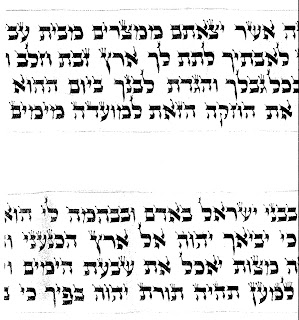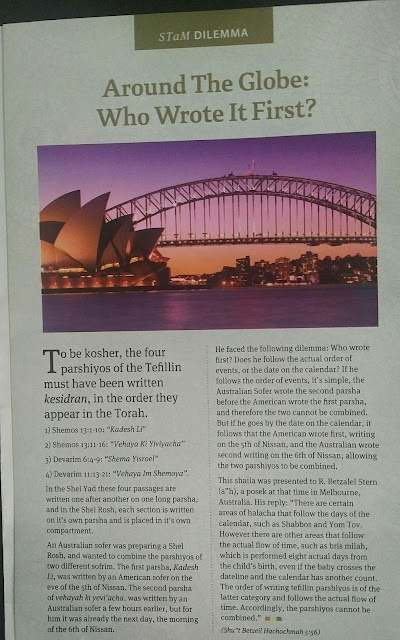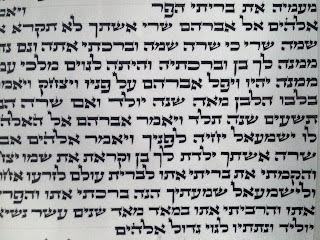RABBI ZIRKIND TEFILIN
I search ebay periodically trying to find stolen tefilin.In Brooklyn iyt has become a makat medina, so far I have not seen any surface on ebay. I did come across this post and it seems legitimate , if anybody is interested and needs somebody local to look at them I can try to help. I have not contacted the seller nor do I know who it is http://www.ebay.com/itm/Tefillin-Written-By-Lubavitcher-Rebbes-Personal-Scribe-/172149881960?hash=item2814eebc68:g:hoUAAOSwSHZWe~~H You are bidding on two beautiful pairs of tefillin - a Rashi and a Rabainu Taam set, written by the late Rabbi Eliezer Zirkind (crownheights.info/notices/442422/boruch-dayan-hoemes-rabbi-eliezer-zirkind-83-obm/), the Lubavitcher Rebbe's personal scribe. They are extremely rare, in great condition, and were checked roughly three years ago.




